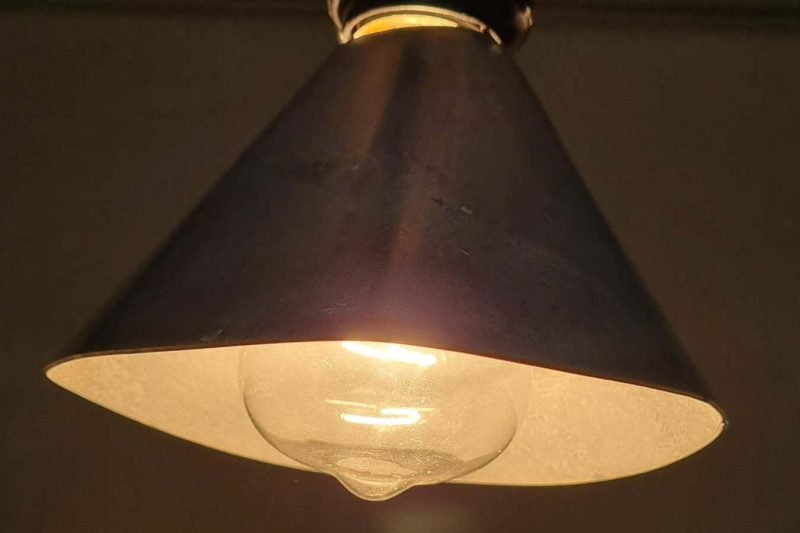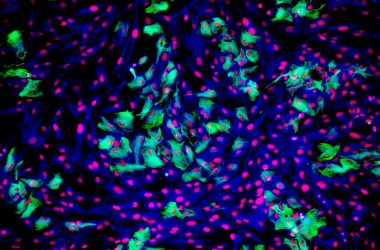A team of researchers at Yonsei University in South Korea has developed an innovative solution to address the issue of indoor air pollution. They have created lampshades coated with a substance made of either iron or copper, which can effectively convert air pollutants, such as volatile organic compounds (VOCs), into small amounts of carbon dioxide and water utilizing the heat emitted from lightbulbs.
The Impact of Indoor Air Pollution
Indoor air quality can be as harmful to health as outdoor urban air due to the presence of toxic chemicals known as VOCs. These compounds, including acetaldehyde and formaldehyde, are released from various sources like paint, cleaning products, furniture, and even during cooking.
A Cheap and Efficient Solution
The research team initially developed a substance made of titanium oxide and platinum that facilitated chemical reactions using the heat emitted from lightbulbs. This substance effectively oxidized VOCs into acetic acid and formic acid, which were then transformed into small amounts of carbon dioxide and water.
In their latest breakthrough, the team has created a more cost-effective version of the technology by incorporating either copper or iron in the lampshade coatings. These coatings have been tested in controlled environments with VOC concentrations of 1 part per million (ppm) and 10ppm, and they have successfully removed all the VOCs within a few hours while producing minimal carbon dioxide and water.
Potential Health Benefits
In addition to eliminating VOCs, the researchers believe that the copper catalyst used in the lampshades could also help sterilize airborne pathogens due to its disinfectant properties.
An Easy and Convenient Solution
Implementing this air-purifying system is simple and convenient. It only requires applying a coating of catalyst paste onto existing lampshades within your home. The team conducted tests using halogen or incandescent bulbs, which emit temperatures between 100°C (212°F) and 160°C (320°F). The researchers now aim to adapt the coatings to work with light-emitting diodes (LEDs), which produce significantly less heat.
Article amended on 16 August 2023
This article has been changed to correct the size of the space the lampshades were tested in.








